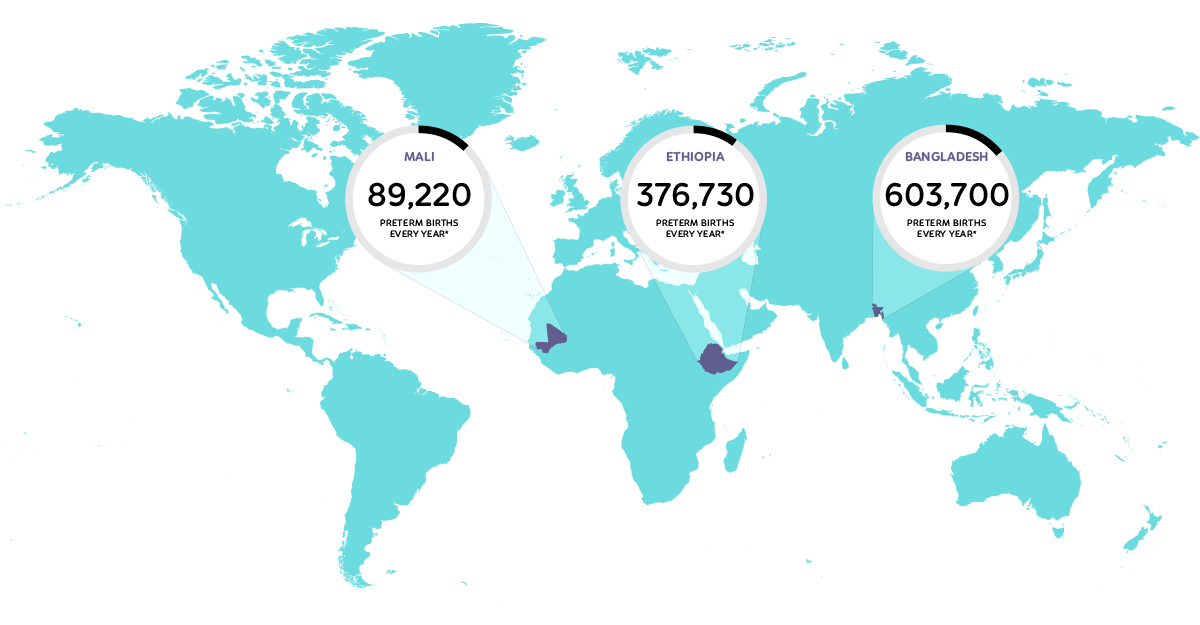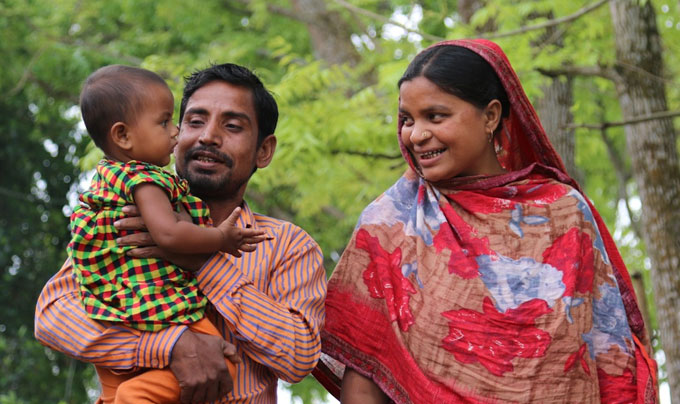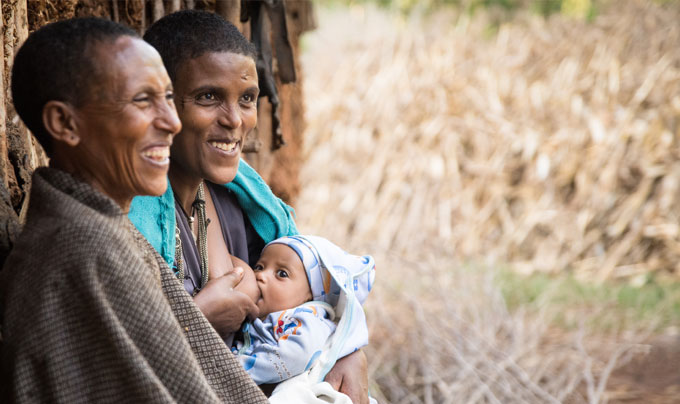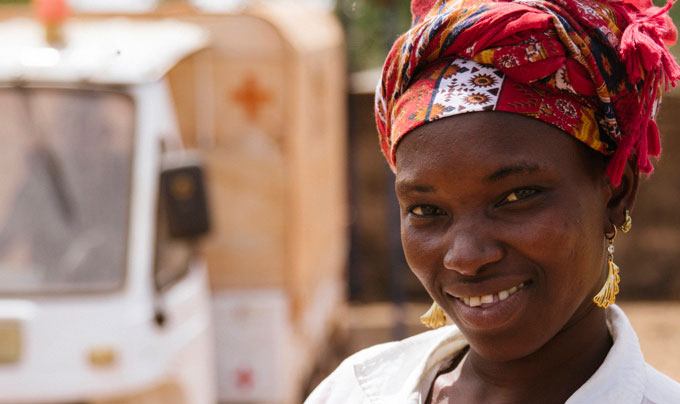Babies born preterm each year in the Born on Time program countries. More than 81% of preterm births take place in Asia and sub-Saharan Africa.*
Where We Work


BANGLADESH
19%of all births are preterm
(3,152,550 annual births)*
(3,152,550 annual births)*
- Bangladesh is among the top five countries globally for number of preterm births.
- 19% (603,700) of all babies are preterm* and 22% are low birth weight (<2500 g). Nearly 25,000 children under five die due to direct preterm complications.‡
- Risk factors include adolescent pregnancies (113 per 1000 girls) and anemia in women of childbearing age (42%). Only 31% of women attend four or more antenatal care visits.†
- In 2018, more than 30,000 adolescent girls and more than 75,000 women learned about sexual and reproductive health and rights through a gender equality lens through Born on Time.

ETHIOPIA
12%of all births are preterm
(3,148,390 annual births)*
(3,148,390 annual births)*
- In Ethiopia, 12% (376,730) of babies born each year are preterm* and 20% are low birth weight (<2500 g). More than 23,100 children under five die due to direct preterm complications.‡
- Risk factors include adolescent pregnancies (80 per 1,000 girls), birth intervals less than 24 months apart, and anemia among women of childbearing age (17%). Only 28% of births are attended by a skilled attendant.†
- In 2018, Born on Time trained 135 male dialogue facilitators, established male engagement dialogue groups in 75 communities, and graduated 2,865 male community members from a 2-month intensive training that raised awareness on preterm birth and addressed gender-related issues.

MALI
12%of all births are preterm
(745,590 annual births)*
(745,590 annual births)*
- In Mali, 12% (89,220) of babies are born too soon each year*, 18% are low birth weight (<2500 g), and more than 8,200 children under five die due to direct preterm complications.‡
- Among the main risk factors are adolescent pregnancies (151 per 1000 girls), anemia among women of childbearing age (51%), and birth interval less than 24 months (21%). The prevalence of women using any contraceptive method is 15%.†
- In 2018, Community Health Workers and community association members conducted 8,266 awareness sessions, reaching 167,138 people.